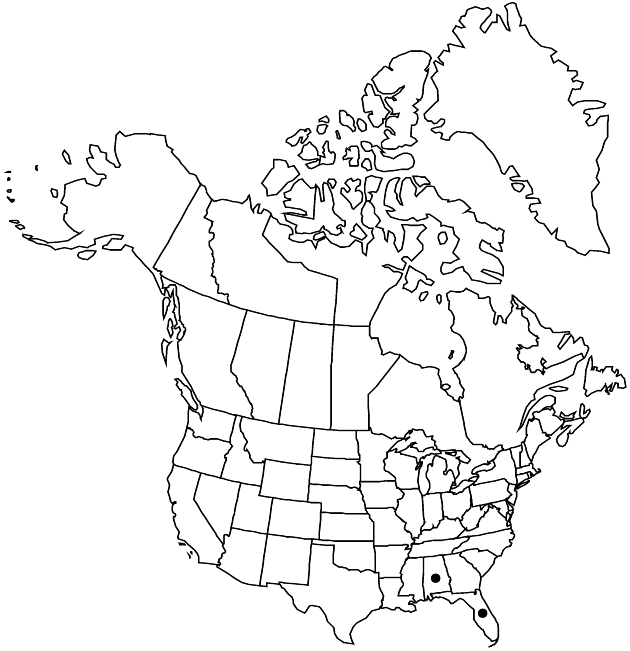Difference between revisions of "Pluchea sagittalis"
Bol. Soc. Argent. Bot. 3: 36. 1949.
FNA>Volume Importer |
FNA>Volume Importer |
||
| Line 8: | Line 8: | ||
}} | }} | ||
|common_names=Wing-stem camphorweed | |common_names=Wing-stem camphorweed | ||
| − | |basionyms={{Treatment/ID/ | + | |basionyms={{Treatment/ID/Basionym |
|name=Conyza sagittalis | |name=Conyza sagittalis | ||
|authority=Lamarck | |authority=Lamarck | ||
| + | |publication_title=in J. Lamarck et al., Encycl. | ||
| + | |publication_place=2: 94. 1786 | ||
}} | }} | ||
|synonyms={{Treatment/ID/Synonym | |synonyms={{Treatment/ID/Synonym | ||
| Line 58: | Line 60: | ||
|publication year=1949 | |publication year=1949 | ||
|special status= | |special status= | ||
| − | |source xml=https://jpend@bitbucket.org/aafc-mbb/fna-data-curation.git/src/ | + | |source xml=https://jpend@bitbucket.org/aafc-mbb/fna-data-curation.git/src/f6b125a955440c0872999024f038d74684f65921/coarse_grained_fna_xml/V19-20-21/V19_805.xml |
|tribe=Asteraceae tribe Plucheeae | |tribe=Asteraceae tribe Plucheeae | ||
|genus=Pluchea | |genus=Pluchea | ||
Revision as of 18:38, 24 September 2019
Perennials, 50–200 cm; fibrous-rooted. Stems minutely hirtellous to strigillose and sessile-glandular (winged by decurrent leaf bases). Leaves sessile; blades usually lanceolate to lance-elliptic (proximal sometimes spatulate or oblanceolate), mostly 5–15 × 1–3(–4) cm, margins shallowly and closely toothed, faces minutely hirtellous to strigillose and sessile-glandular. Heads in corymbiform arrays. Involucres hemispheric to cupulate, 4–7 × 8–10 mm. Phyllaries greenish to cream, ± stipitate-glandular (outer oval-oblong to linear-attenuate). Corollas white or rose-purple. Pappi persistent, bristles distinct. 2n = 20.
Phenology: Flowering Jul–Aug.
Habitat: Moist or wet, open habitats, ballast deposit areas
Elevation: 0–10 m
Distribution

Ala., Fla., West Indies, South America.
Discussion
Pluchea sagittalis is adventive, probably a waif; it was collected as a ballast weed by C. Mohr near Mobile (1891, 1894, 1896) and by A. H. Curtiss near Pensacola (1886, 1901).
Selected References
None.